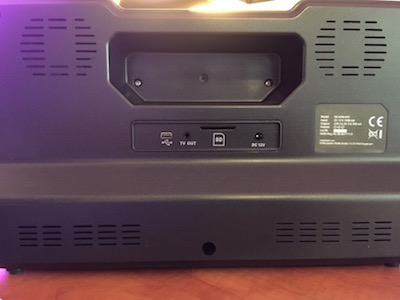|
Author
|
Topic: Somikon HD-XL Film Scanner & Digitizer (Super) 8mm - EU market
|
|
|
Mike Spice
Master Film Handler
Posts: 421
From: none of your business
Registered: Jun 2017
|
 posted April 02, 2018 09:18 AM
posted April 02, 2018 09:18 AM



without doubt it is a lengthy time consuming process.
to scan 200ft of film takes around 2 hours
the sound recording process is pretty straight forward if you understand audio software.
You could by all means use the DIN output to the 3.5mm line in of the laptop, but I would consider there no difference in audio quality to the headphone socket. In my real life I connect with headphone sockets to large PA systems with ease.
The only point to note, you say the 'mic' input, this is only designed for microphone level signals so a line input from either a DIN or headphone socket will distort considerably.
Some pc's have the ability to be mic and line level in software, you may have to look in to that. My laptop is set to the line in level
A mic input is not suitable for a projector output
If you have a number of sound reels, it might be better to pay a different lab to do the job for you if you have misgivings about recording and syncing your own material.
You would probably need to spend some money on a basic video software too, mine is discontinued now, but it only cost me $30
I don't feel the need to purchase sony vegas or final cut for my little efforts.
good luck, sorry i wouldn't know which lab to suggest for having sound movies transferred.
The hardest part of the process is syncing up the audio to picture, as I mentioned earlier, a 30fps film scan, audio from a projector, which may or may not be perfectly stable in it's speed, and the task of syncing is not for the faint hearted in terms of frustration......
Getting proper 'lip sync' is a tough call if like me, your projector speeds are a bit off during the audio record......
[ April 03, 2018, 09:23 AM: Message edited by: Mike Spice ]
| IP: Logged
|
|
|
|
|
|
|
|
Berend De Meyer
Expert Film Handler
Posts: 140
From: Leek, The Netherlands
Registered: Apr 2017
|
 posted April 08, 2018 07:17 AM
posted April 08, 2018 07:17 AM




Hi all!
Today I unboxed the replacement Somikon I received in September 2017. It is shipped with FirmWare - 20170421-PL07-DE - so it's an update to my older Somikon's which held PL05. Of course I'm curious what changes were made here.
Testing artifacts - photo's taken from my HP Monitor (using the TV-Out on the Somikon and component Video-In on my monitor) with iPhone - using only the Exposure Settings (-2, -1, 0, 1, 2) resulting in worst to best:
EV-2
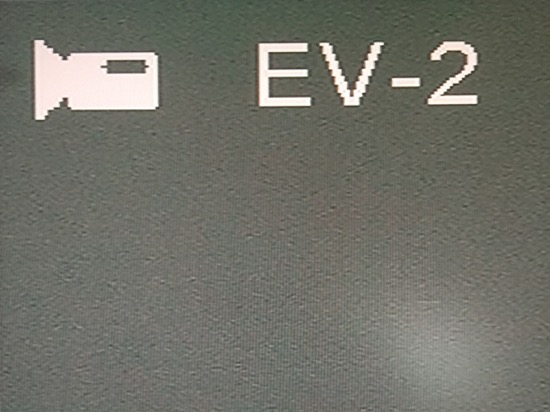
EV-1
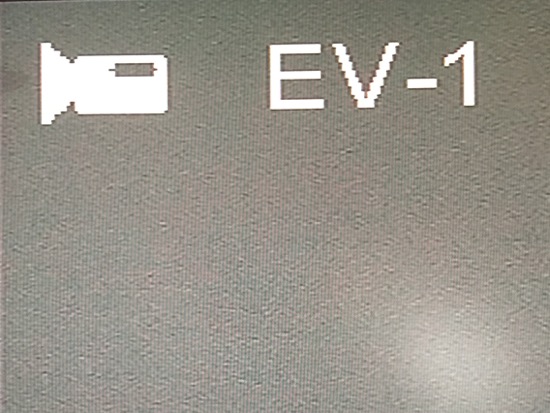
EV-0
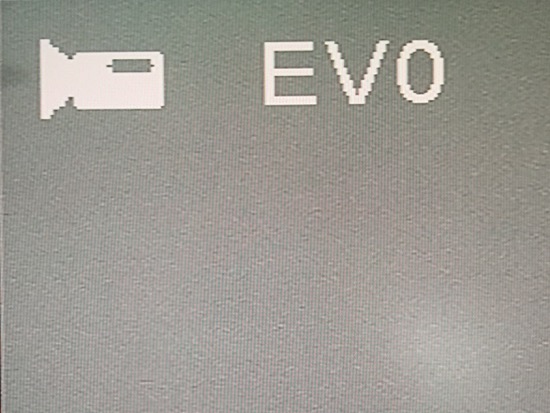
EV+1

EV+2
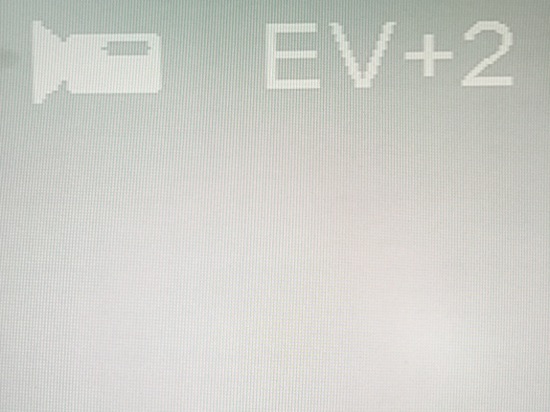
Will do some more tests today with actual footage and keep you posted on the results.
EDIT [16:31] Done some testing with the exposure during a capture without film, so just the plain sensor only:
https://youtu.be/BKzIzcnspJs
I noticed a horrible colorcast for the settings EV-1 and EV-2.
[ April 08, 2018, 09:33 AM: Message edited by: Berend De Meyer ]
--------------------
Cheers | “I am an advocate of the "if it ain't broken, don't fix it" modus operandi!”
| IP: Logged
|
|
|
|
Werner Ruotsalainen
Film Handler
Posts: 97
From: Helsinki, Finland
Registered: Dec 2017
|
 posted April 14, 2018 04:24 PM
posted April 14, 2018 04:24 PM




quote:
https://youtu.be/BKzIzcnspJs
I noticed a horrible colorcast for the settings EV-1 and EV-2.
Speaking of color casts, let me publish my experience on the aging of different color film stock. You may know the symptomps of the badly-aged stock: absolutely awful bluish cast everywhere.
Kodachrome films age wonderfully. I've scanned a lot of Kodachrome II / Kodachrome IIA / Kodachrome KM etc. material; all exhibit an excellent color balance even after these years. The (currently) oldest material I have is a scan of Kodachrome II Std8 films from 1964 (the German army stuff at https://www.youtube.com/playlist?list=PL4_1cuziVtq-xA4BzygOWwI7cjPv9n4U0 ).
So do very(!) old AGFA(German) material, including even late (produced in the 80's) ORWO (East-German) stock based on the very old AGFA technology. My earliest color AGFA scans are from 1955 and exhibit no color problems. (These color films have been already manufactured in East-Germany but with the original AGFA tech.) See for example https://www.youtube.com/watch?v=v84Wd0lMU44&list=PL4_1cuziVtq-5b38a1xM8NaHSV jZ1ipv4&index=2&t=1000 or https://www.youtube.com/watch?v=ID9aRrAOrdY&index=12&list=PL4_1cuziVtq-5b38a 1xM8NaHSVjZ1ipv4&t=600 . BTW, the entirely color film collection at https://www.youtube.com/watch?v=Tb2xad5Ezi4&index=14&list=PL4_1cuziVtq-5b38a1xM8Na HSVjZ1ipv4 also show the same stock a bit overexposed (this is why I used -0.5EV during capture) during the entire run if you want to know how it behaved in case of a typical user error.
Note that, if you compare the resolution of these color films to the b/w ones in the same 1955 album ( https://www.youtube.com/playlist?list=PL4_1cuziVtq-5b38a1xM8NaHSVjZ1ipv4 ), you can easily see b/w films had definitely better resolution than these early color films.
An example of East-German (starting with the sixties, ORWO-branded) but, color keeping-wise, equally good footage from the eighties: (ORWO UT15): https://youtu.be/6f8UCBNOXoU (60p processed) / https://youtu.be/sikYV0EdGms (16p original)
And now, Kodak Ektachrome. The second and third Ektachrome 100 Super8 cartridges in the three-cartridge film shot in Riga in the Soviet Union in 1980 ( https://youtu.be/ggikR8kFU74 (60p); no 18p version available) have been made with exactly the same camera, at the same location, same time and (obviously) kept in the same environment (heat etc.) as the first one, which is a Kodachrome KM. The difference speaks for itself – the Kodachrome KM footage is wonderful, unlike the Ektachrome 100. This also means curretly available, raw Ektachrome stock may age equally badly if you use them for shooting now...
(I’ll later post late (70/80’s) Agfa footage too. Generally, it, color-wise, sucks compared to Kodachrome or even to ORWO.)
[ April 15, 2018, 12:19 AM: Message edited by: Werner Ruotsalainen ]
| IP: Logged
|
|
|
|
|
|
Werner Ruotsalainen
Film Handler
Posts: 97
From: Helsinki, Finland
Registered: Dec 2017
|
 posted April 19, 2018 03:09 PM
posted April 19, 2018 03:09 PM




quote:
It seems to me that Neat Video and Optical Flow don't play together very well, because it leaves more noticeable noise and dust / scratches behind than without the Optical Flow.
You need to run Neat Video BEFORE any in-FCPX framerate change. This also means you'll want to feed the originals to FCPX already in 24, 30 or any standard framerate - and definitely not 20. Then, no additional frames will be added.
After running Neat Video, reimport the now-cleaned footage and, now, you can increase the framerate to for example 60p to make the movement more fluid. Now, albeit the dirt etc. will also "spread over" several frames, the overall effect will still be much better than doing the opposite (running Neat Video on already-Visual Flow'ed footage).
| IP: Logged
|
|
|
|
Werner Ruotsalainen
Film Handler
Posts: 97
From: Helsinki, Finland
Registered: Dec 2017
|
 posted April 20, 2018 10:35 AM
posted April 20, 2018 10:35 AM




BTW, back to the matter of the differences in the aging of different film material. Above, I've explained Kodachrome, very old Agfa and OR-WO age without problems, unlike newer Agfa (at least the stock manufactured starting in the '70s) and some other brands.
I now also have first-person experience with Fujifilm Safety Film with the edge codes '7 59' very close to 'Fujifilm Safety Film' and, separately and much farther away, '23'.
These definitely aren’t Fuji’s own date codes (see http://www.brianpritchard.com/Date%20Codes.htm ) - after all, in 1959 (assuming ‘59’ stands for 1959), Super8 didn’t even exist. Also note that Fuji’s film list at http://www.fujifilm.com/products/motion_picture/discontinued/pdf/fujifilm_motion_picture_film_manual.pdf doesn’t even list 8mm material, only 16 and 35.
The colors are OK and there's no really significant color shift in the appr. 41...43-year-old films (showing the German town Bremen) I've scanned and uploaded to YouTube: https://youtu.be/prn324LBI8w (original, overscanned 18p) / https://youtu.be/DTPkF5c9oto (Motion Flow-processed 60p).
| IP: Logged
|
|
Werner Ruotsalainen
Film Handler
Posts: 97
From: Helsinki, Finland
Registered: Dec 2017
|
 posted May 04, 2018 05:25 PM
posted May 04, 2018 05:25 PM




I've purchased a 7" 16mm film spool off Finnish eBay. It's mostly shot on Kodachrome in 1942 (and probably also 1-2 years before). The film is in excellent condition: it isn't brittle and there's no sign of the VS. The film was surely kept in a (comparatively) cool environment. (Which isn't very hard here in Finland, LOL ![[Smile]](smile.gif) ) )
I, not having a 16mm scanner, still haven't got it in a scanned format. I've, however, made some still scans of all the scenes in the film; with scenes depicting not only family life, more frequently. These scans also show how the colors have survived during all those 76-77 years.
A very small section of the spool is shot on b/w (Kodak) film. As usual with films of that age (also see my 1955-1956 East-German film scans), it exhibits far better resolution than the color footage.
I've, in addition to the auto-named image files, also added some filename postfixes for new and interesting scenes; for example, "3-PICT0033 - Helsinki from ship STARTS HERE" ( here ) on page 2 ( here ) etc.
The first page of the album is at here . Note that the first around 120 images are strictly (not particularly interesting) family images; sights only start later.
Also note that, while it was shot during WW2, there isn't anything related to the ongoing war anywhere - it was shot way away from the front lines.
| IP: Logged
|
|
|
|
|
|
|
|
Dan Esmond
Junior
Posts: 16
From: Lawrence, KS, USA
Registered: Oct 2013
|
 posted September 05, 2018 04:27 PM
posted September 05, 2018 04:27 PM




Dino did you try the Neat video plugin? Berend De Meyer posted about it above. It looks like it really does a good job of "hiding" the artifacts.
Being a purist, that's still not a true solution to me (because those artifacts permanently reduce resolution and fine detail that would otherwise be captured), but I think we have to live with it for now. There's nothing else on the market (that's affordable for home users, anyway) that will do frame-by-frame captures of regular 8mm, so I've had to bite my tongue and be happy that at least I'm able to share memories from long ago with family and friends far and wide. The movies from the Wolverine look perfectly fine to most people. It's just we unfortunate souls with high expectations that can't help but see the flaws.
The technology exists today to scan 8mm/Super-8 in 5K res, in HDR to get detailed shadows and highlights, with optical frame stabilization to align all the frames, in a codec that captures enough detail in the chroma to do good color correction. It's just not available in home devices yet. The Wolverine/Somikon get us some distance toward that goal (just having frame-by-frame is a vast improvement over older telecine methods), but there's a long way to go to get truly archive-worthy captures.
I hope that technology becomes affordable eventually, because I will absolutely scan all my reels again to get all the quality present in those frames. Meanwhile, my family and I are enjoying walking down memory lane and looking at films that hadn't been seen for 30-40 years.
Went off on a tangent there but do check out the Neat plugin... Berend's results from it were pretty impressive from what I saw. https://www.neatvideo.com
| IP: Logged
|
|
|
|
|
|
|
|
|
|
|
|
|
|
|
|
|



 UBBFriend: Email this page to someone!
UBBFriend: Email this page to someone!
 Printer-friendly view of this topic
Printer-friendly view of this topic






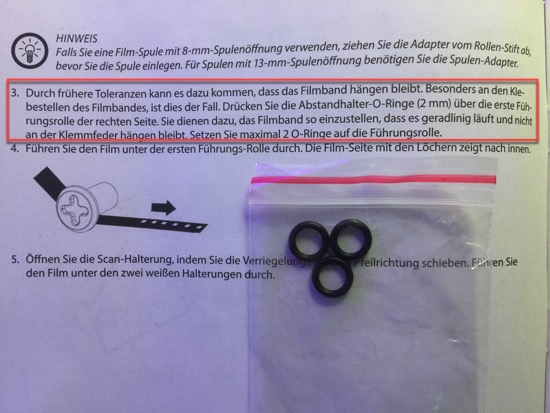

![[Smile]](smile.gif) )
)